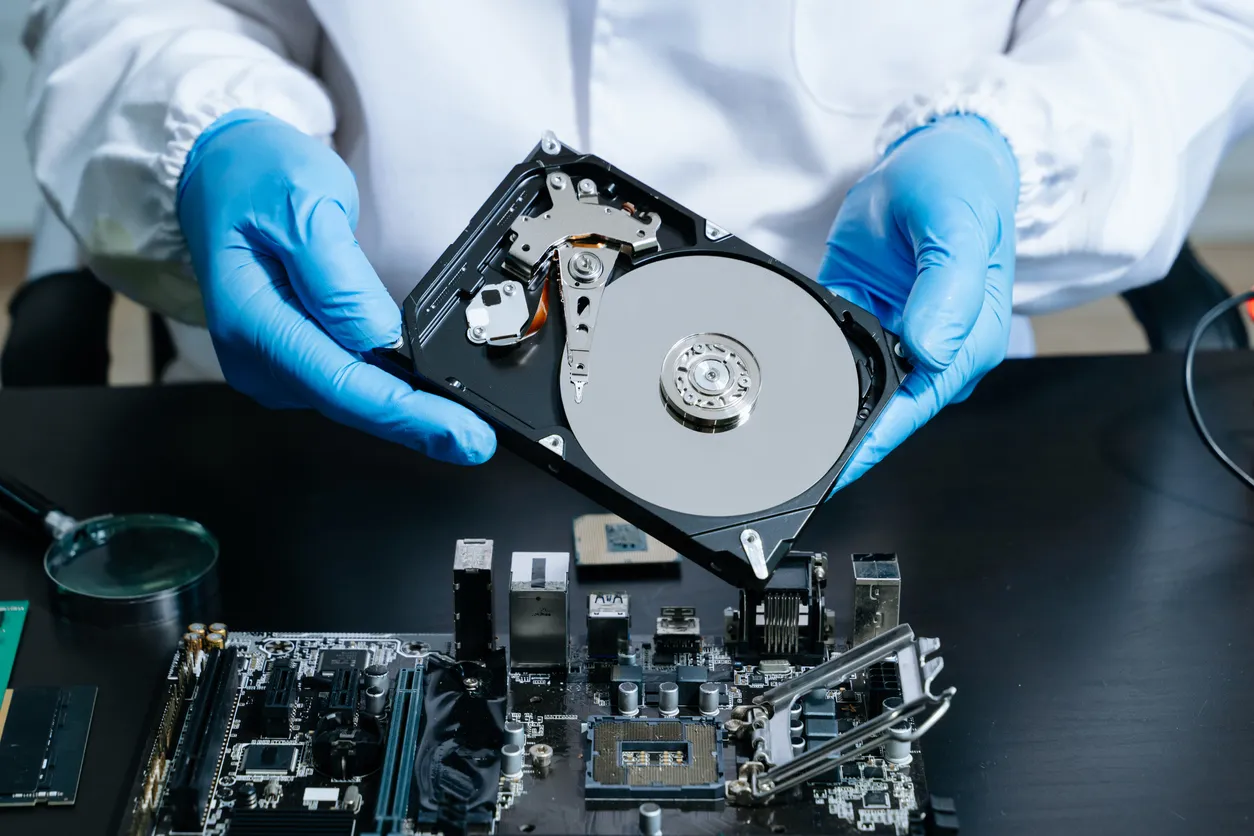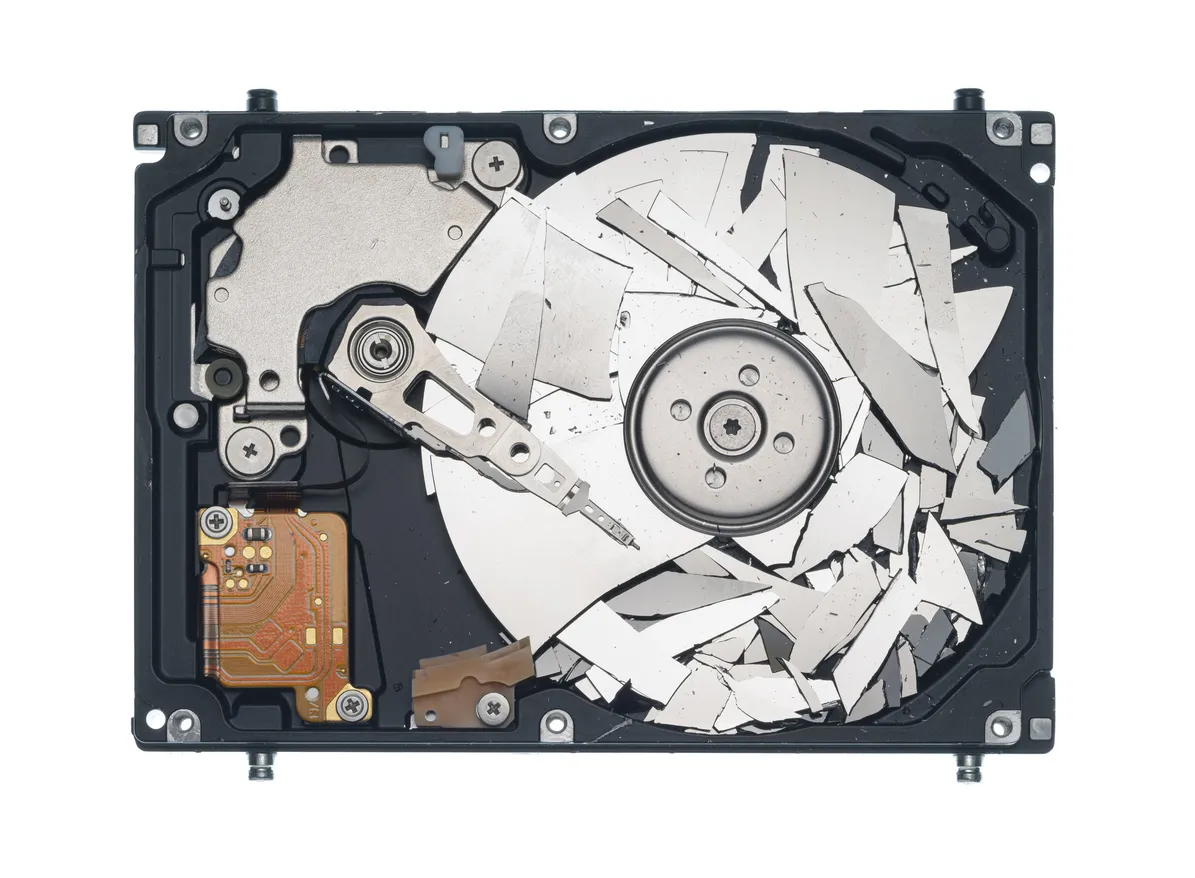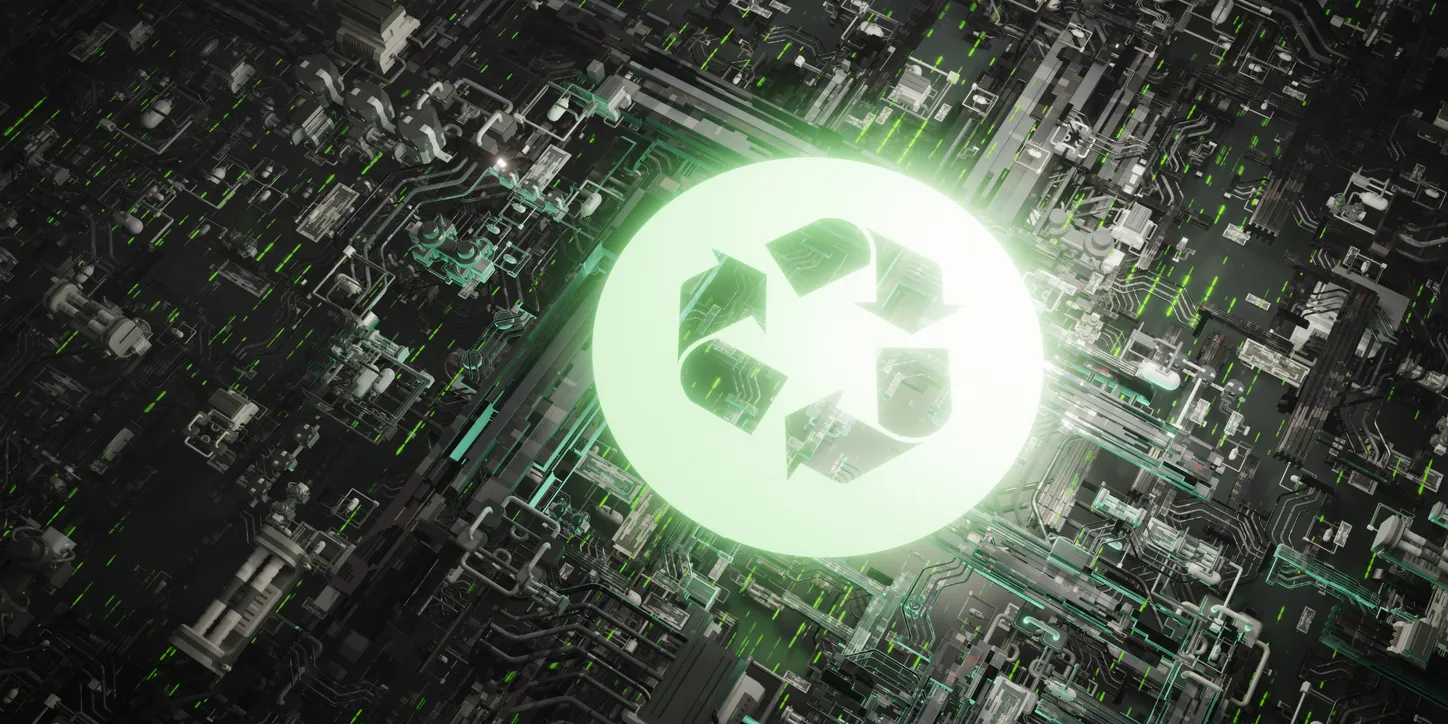Hard Drive Destruction Services: Why UK Organisations Can’t Afford to Get It Wrong in 2025
What Are Hard Drive Destruction Services?
- Software erasure aligned with NIST 800-88
- Physical shredding to industry-approved particle sizes
- Certificates of destruction for compliance evidence
The Risks of Getting It Wrong
- GDPR fines for non-compliance
- Reputational damage if client or employee data is leaked
- Financial losses from legal actions or remediation costs
Certified Methods of Hard Drive Destruction
- Certified data erasure – Using approved software to overwrite and verify data removal
- Hard drive shredding – Recognised by NIST 800-88 as a valid “Destroy” method for HDDs. For SSDs and flash media, shredding must be to very fine particle sizes (typically 2mm or smaller) to ensure complete destruction.
- Degaussing – For magnetic drives, rendering data unrecoverable
Compliance and Standards in the UK
- UK GDPR – Ensures personal data is irreversibly destroyed
- ISO 27001 – Information security
- ISO 9001 – Quality management
- ISO 14001 – Environmental management
- NIST 800-88 – Global standard for data sanitisation
- NPSA (formerly CPNI) – UK national guidance for government-level security
Balancing Destruction with Environmental Responsibility
Choosing the Right Provider
- What certifications do you hold (ISO, GDPR, Environment Agency)?
- Do you provide certificates of destruction for every drive?
- How do you handle SSD destruction?
- Can you demonstrate full chain of custody?
- Do you have insurance and liability cover?






